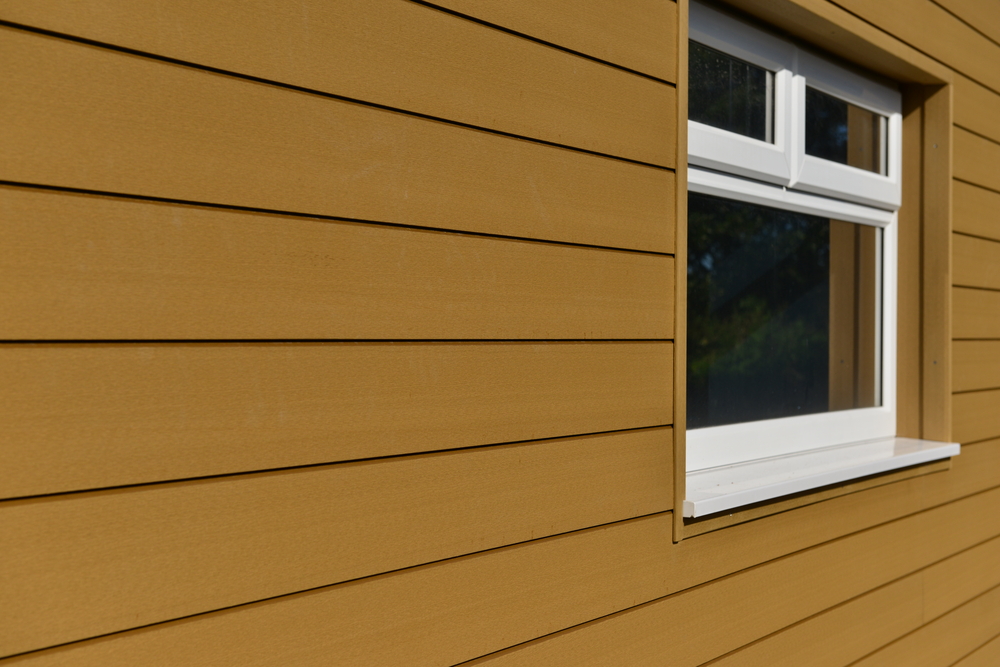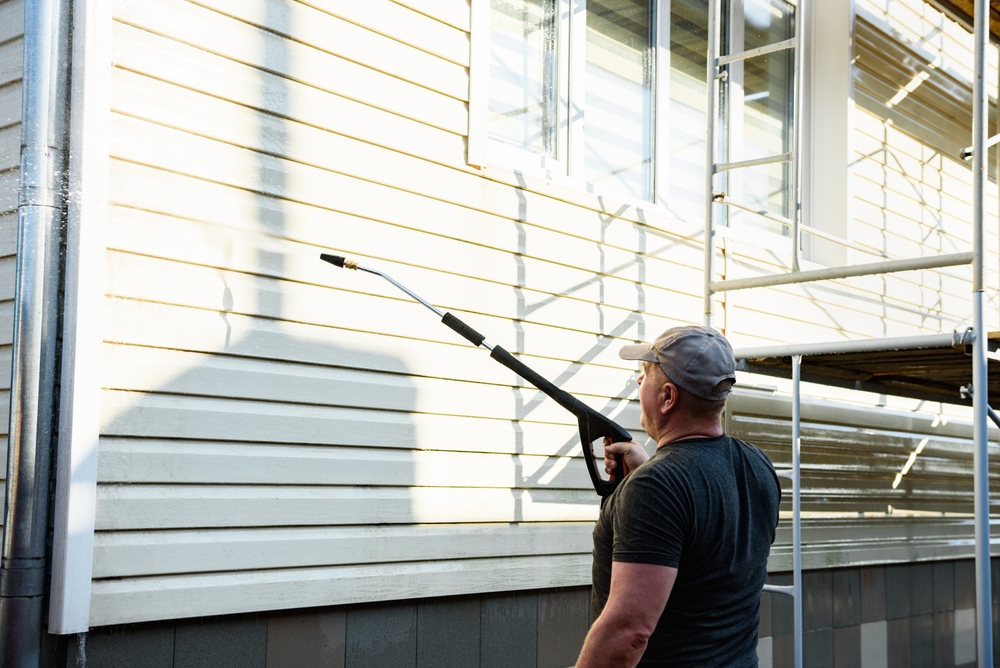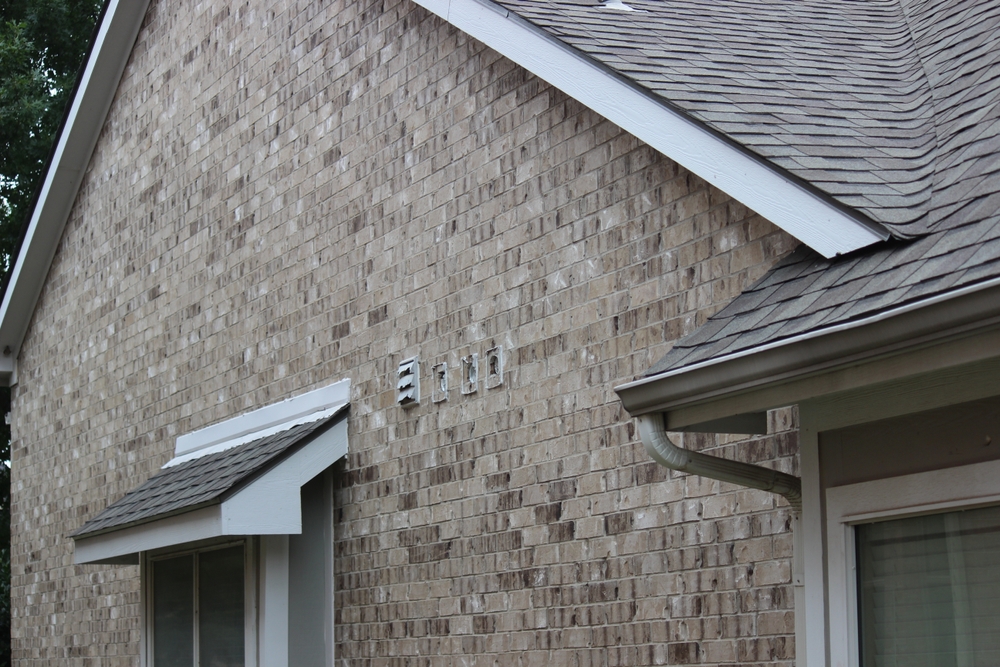Introduction: When considering materials for your home’s exterior, the choice isn’t just a matter of aesthetics; it’s a decision that impacts the longevity and resilience of your abode. Among the myriad options, James Hardie fiber cement often emerges as a popular choice, celebrated for its durability, aesthetic appeal, and the promise of longevity. However, amidst these accolades, a critical question frequently arises, casting a shadow of doubt: Does James Hardie fiber cement crack over time?
This concern is far from trivial. Your home, after all, is not just a structure; it’s a sanctuary, a space where memories are made and lives unfold. The walls that surround you are more than just barriers against the elements; they are the canvas of your life. Thus, the integrity of these walls—both in strength and appearance—is paramount.
In this comprehensive exploration, we dive deep into the heart of the matter. We’ll peel back the layers of hearsay and speculation, replacing them with concrete facts and expert insights. Our journey will take us through the very composition of James Hardie fiber cement, understanding its inherent properties that contribute to its famed durability. We’ll also delve into the common causes of cracking in building materials, setting the stage to specifically address whether James Hardie fiber cement is susceptible to such a fate.
Beyond just the material itself, we recognize that the performance of any building material is inextricably linked to its installation and maintenance. Thus, our exploration will also encompass these critical aspects, offering guidance on best practices and common pitfalls.
The Insulating Benefits of James Hardie Siding for a Cozy Northern California Winter
Moreover, we’ll bring in voices from the real world—those of homeowners, architects, and builders—who have firsthand experience with James Hardie fiber cement. Their stories and insights will provide a practical perspective on how this material holds up in the diverse tapestry of real-life applications.
And, as we unfold the layers of this investigation, we’ll also broaden our view to appreciate the full spectrum of attributes that James Hardie fiber cement offers. From its aesthetic versatility to its environmental impact, we’ll paint a comprehensive picture of what this material brings to the table.
So, let’s embark on this journey of discovery together, examining James Hardie fiber cement from every angle. Whether you’re a homeowner planning a renovation, a builder seeking the best materials for your next project, or simply a curious mind, this exploration promises to enlighten, inform, and guide you in making an informed decision about your home’s exterior.
James Hardie Fiber Cement: A Brief Overview
James Hardie fiber cement has carved a niche for itself in the realm of home construction, becoming a byword for quality and resilience. However, to fully appreciate its value, we need to understand its essence. What is James Hardie fiber cement, and what makes it stand out in the crowded market of building materials?

The Composition and Manufacture of Fiber Cement
At its core, James Hardie fiber cement is a composite material, a symphony of cement, sand, cellulose fibers, and water. This blend is not just a random assortment of materials; each component plays a pivotal role. The cement and sand provide the foundational strength and rigidity, while the cellulose fibers impart flexibility and resilience. Water, the enabler in this mix, facilitates the chemical reactions that bind these materials into a cohesive, durable unit.
The manufacturing process of James Hardie fiber cement is equally intriguing. It involves a meticulous balance of ingredients and a precise control of conditions. The materials are autoclaved, a process involving high pressure and steam. This treatment enhances the material’s strength and stability, making it less prone to cracking, warping, and deterioration under environmental stresses.
Comparative Analysis: Fiber Cement vs. Other Siding Materials
When stacked against other popular siding materials like vinyl, wood, or aluminum, James Hardie fiber cement holds its ground admirably. In terms of strength, it surpasses vinyl and aluminum, resisting impact and wear with greater fortitude. Unlike wood, it is impervious to rot and termites, addressing a significant concern for many homeowners.
Longevity is another feather in its cap. James Hardie fiber cement is renowned for its lifespan, often outlasting its counterparts. Maintenance is less demanding too; it holds paint well, reducing the frequency of repaints, and its resistance to moisture and UV rays keeps it looking fresh for longer.
James Hardie’s Commitment to Quality and Innovation
James Hardie isn’t just resting on its laurels. The company’s commitment to quality and innovation is a continuous journey. They invest heavily in research and development, constantly refining their products to meet evolving needs and standards. This dedication not only ensures the high quality of their current offerings but also promises future advancements in the realm of building materials.
Unveiling the Elegance of Hardie® Shingle Siding: A Comprehensive Guide
Their products are tailored to specific climates through the HardieZone system, ensuring optimal performance in diverse environmental conditions. This foresight and attention to detail underscore James Hardie’s reputation as a leader in the industry.
In the next sections, we’ll delve deeper into the heart of our query: the cracking conundrum. Does James Hardie fiber cement succumb to this common concern of building materials, or does it defy the odds? Stay with us as we uncover the facts and dispel the myths.
The Cracking Conundrum: Myths vs. Reality
One of the most persistent questions surrounding James Hardie fiber cement revolves around its susceptibility to cracking. Is this a genuine concern, or merely a myth perpetuated by misunderstandings and misinformation? To address this, we need to embark on a detailed exploration, examining both the general causes of cracking in building materials and the specific characteristics of James Hardie fiber cement.
Understanding the Causes of Cracking in Building Materials
Cracking in building materials can be attributed to a variety of factors, each interacting with the other in complex ways. These factors include:
- Environmental Stress: Temperature fluctuations and moisture variations can cause materials to expand and contract, leading to cracks.
- Structural Movement: Buildings naturally settle over time, and this movement can cause stress on the materials used in construction, resulting in cracks.
- Material Quality: The inherent quality of the materials used can play a significant role. Lower quality materials may be more prone to cracking under stress.
- Improper Installation: Incorrect installation techniques can lead to undue stress on materials, precipitating cracking.
- Age and Wear: Over time, materials degrade due to weathering and wear, which can eventually lead to cracking.
Analyzing James Hardie Fiber Cement’s Vulnerability to Cracking
With an understanding of the general causes of cracking, we can now turn our attention to James Hardie fiber cement specifically. How does this material fare against these common causes of cracking?
James Hardie’s manufacturing process, which involves a high degree of quality control and precision, aims to address many of these concerns. The composition of the material, with its blend of cement, sand, and cellulose fibers, is engineered to withstand environmental stress and structural movement better than many alternative materials. The fiber reinforcement, in particular, adds a level of flexibility that is critical in resisting cracking.
However, like any material, James Hardie fiber cement is not impervious to all forms of stress. Improper installation can be a significant factor in the development of cracks. If the siding is not properly nailed, or if there’s insufficient allowance for thermal expansion and contraction, the likelihood of cracking increases. Additionally, while the material is resistant to many forms of wear, it is not immune to all forms of damage.
Maintenance Tips to Prevent Cracking
To ensure the longevity of James Hardie fiber cement and to minimize the risk of cracking, proper maintenance is key. Here are some essential maintenance tips:
- Regular Inspections: Conduct regular inspections of your siding to identify any signs of damage early.
- Proper Painting: Ensure that the siding is properly painted to protect it from moisture and UV damage. James Hardie fiber cement holds paint well, but regular checks are advisable.
- Prompt Repairs: Address any minor damage promptly to prevent it from escalating.
- Professional Installation: Ensure that installation is carried out by professionals familiar with James Hardie products to avoid common installation errors.
- Climate Considerations: Consider the specific needs of your climate, as outlined in the HardieZone system, when maintaining your siding.
In the following sections, we’ll delve into the importance of proper installation, real-world performance, and the broader value proposition of James Hardie fiber cement. Join us as we continue to explore this material’s place in the world of modern construction.
Installation: The Key to Longevity
A critical factor influencing the performance and longevity of James Hardie fiber cement siding is its installation. Incorrectly installed siding can compromise not only the aesthetic appeal but also the functional integrity of the material. Understanding the best practices for installation is essential to ensure the longevity and durability of the siding.
Professional Installation vs. DIY: Making the Right Choice
The decision between professional installation and DIY is crucial. While DIY projects can be rewarding and cost-effective, the complexity and nuances of installing fiber cement siding often require professional expertise.
- Professional Installation: Professionals bring a wealth of experience and knowledge, especially in handling James Hardie products. They understand the nuances of cutting, fastening, and weatherproofing the siding, ensuring it performs as intended. Professional installers are also aware of local building codes and regulations, ensuring compliance.
- DIY Installation: For those considering DIY, it’s essential to understand the challenges. James Hardie fiber cement requires specific tools for cutting and fastening, and improper handling can lead to breakage or inadequate installation. The weight of the boards also makes handling and installation more challenging than other types of siding.
The decision between the two should weigh factors like expertise, cost, time, and the complexity of the project.
Common Installation Errors and How to Avoid Them
Common installation errors can lead to significant issues down the line, including cracking. Some of these errors include:
- Inadequate Gapping: Allowing for expansion and contraction is critical. Inappropriate gapping can lead to buckling and cracking.
- Improper Nailing: Using the wrong nails or nailing technique can compromise the siding’s integrity. Nails should be corrosion-resistant and driven in at the correct angle and depth.
- Incorrect Cutting: Improper cutting of the boards can lead to rough edges and weakened points that may crack or break.
Avoiding these mistakes involves following manufacturer guidelines closely and understanding the material’s requirements.
The Role of Weather and Climate in Installation and Performance
Weather and climate significantly affect the installation and performance of James Hardie fiber cement siding. The material is designed to withstand various climates, but installation techniques should be adapted accordingly.
- Cold Climates: In colder regions, consideration for thermal expansion and contraction is vital. Proper gapping is crucial to accommodate these changes.
- Hot and Humid Climates: In these regions, ensuring proper ventilation and moisture management is essential to prevent warping or moisture damage.
- Coastal Areas: In coastal regions, protection against salt spray and high humidity is crucial for preserving the siding.
Understanding the local climate and adapting installation techniques accordingly can significantly enhance the siding’s performance and longevity.
As we proceed, we’ll further explore the real-world performance of James Hardie fiber cement through case studies and homeowner experiences. We’ll also delve into the aesthetic appeal, energy efficiency, and the comprehensive value proposition of this versatile material.

James Hardie Fiber Cement: Beyond Cracking Concerns
While much of the conversation about James Hardie fiber cement revolves around its resistance to cracking, it’s crucial to recognize that this material brings a lot more to the table. Beyond its structural resilience, James Hardie fiber cement offers a combination of aesthetic appeal, energy efficiency, and a strong commitment to customer support, all of which contribute significantly to its overall value.
Aesthetic Appeal: Styles and Finishes
James Hardie fiber cement is renowned not just for its durability but also for its aesthetic versatility. It offers a wide range of styles and finishes, catering to diverse architectural tastes and design preferences.
- Variety of Textures: From smooth to grainy textures that mimic natural wood, James Hardie fiber cement can complement various architectural styles, from modern to traditional.
- Color Options: With an array of color choices, homeowners can select hues that best fit their home’s exterior. The ColorPlus® Technology offers baked-on color that resists fading and maintains its vibrancy over time.
- Design Flexibility: The product range includes lap siding, shingles, vertical panels, and trim, allowing for creative and unique designs that enhance curb appeal and reflect personal style.
Common Challenges in Siding and Window Replacement Projects: Navigating the Maze
Energy Efficiency and Environmental Impact
Apart from aesthetics, James Hardie fiber cement is also noteworthy for its energy-efficient properties and minimal environmental impact.
- Thermal Resistance: Fiber cement siding provides better insulation than many traditional siding materials, contributing to a more energy-efficient home.
- Sustainable Manufacturing: James Hardie is committed to sustainable practices in its manufacturing processes. The use of natural and recycled materials reduces the environmental footprint.
- Durability and Longevity: The longer lifespan of James Hardie products means less frequent replacement, reducing waste and the need for new resources.
Warranty and Customer Support: The Company’s Promise
A significant aspect of James Hardie’s value proposition is its warranty and customer support. This commitment to quality and customer satisfaction adds a layer of trust and assurance.
- Comprehensive Warranty: James Hardie offers a strong warranty for its fiber cement products, which is a testament to their confidence in the material’s durability and performance.
- Responsive Customer Service: The company provides robust customer support, offering assistance and guidance on product selection, installation, and maintenance.
- Resources for Homeowners and Builders: James Hardie provides extensive resources, including installation guides, maintenance tips, and design ideas, ensuring that users have the support they need to make the most of their products.
Frequently Asked Questions
- What is the typical lifespan of James Hardie fiber cement siding? James Hardie fiber cement siding is known for its exceptional longevity. When properly installed and maintained, it can last up to 50 years or more. Its resistance to rot, termites, and fire contributes significantly to this extended lifespan.
- How does James Hardie fiber cement react to extreme temperatures and harsh weather? James Hardie fiber cement is engineered to withstand a wide range of climatic conditions. It performs well in extreme temperatures, both hot and cold, and is resistant to damage from harsh weather conditions such as heavy rain, snow, and high winds.
- Can James Hardie fiber cement be painted, and how does it affect its durability? Yes, James Hardie fiber cement can be painted. In fact, painting can enhance its durability. The material holds paint well, and when applied correctly, the paint forms an additional protective layer against moisture and UV rays. James Hardie also offers pre-painted options with ColorPlus® Technology, which are baked-on and highly durable.
- What are the signs that James Hardie fiber cement siding needs to be replaced? Signs that James Hardie fiber cement siding may need replacement include visible cracking, warping, or delamination. However, these issues are rare when the siding is properly installed and maintained.
- How does the cost of James Hardie fiber cement compare to other siding options? The initial cost of James Hardie fiber cement siding can be higher than some other siding options, such as vinyl. However, its durability, low maintenance requirements, and long lifespan often make it a more cost-effective choice in the long run.
- What maintenance routines are recommended for James Hardie fiber cement siding? Maintenance routines for James Hardie fiber cement siding include regular cleaning, periodic painting (if necessary), and routine inspections for any damage or wear. It’s also important to ensure that caulking and flashings are intact to prevent moisture penetration.




